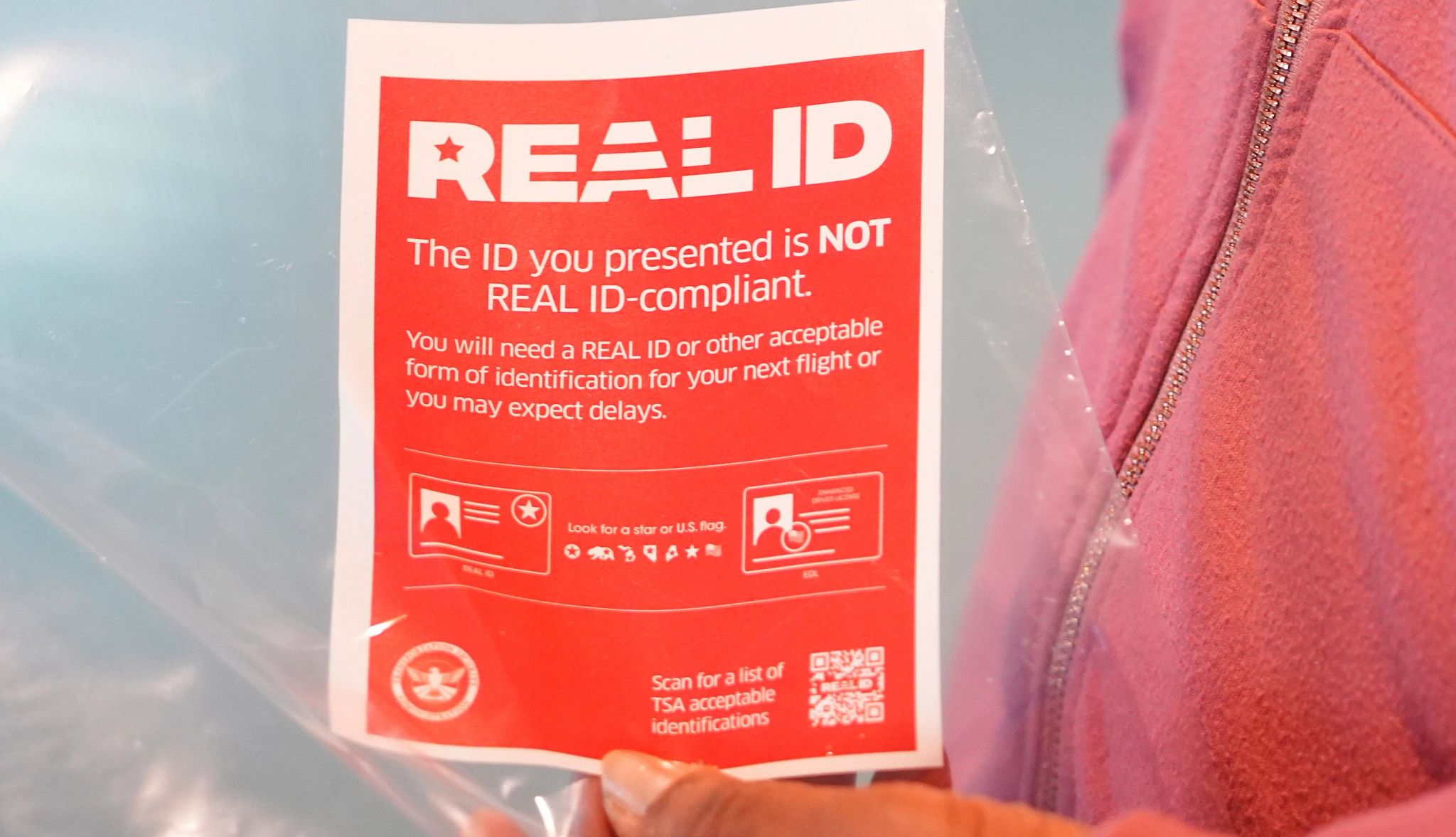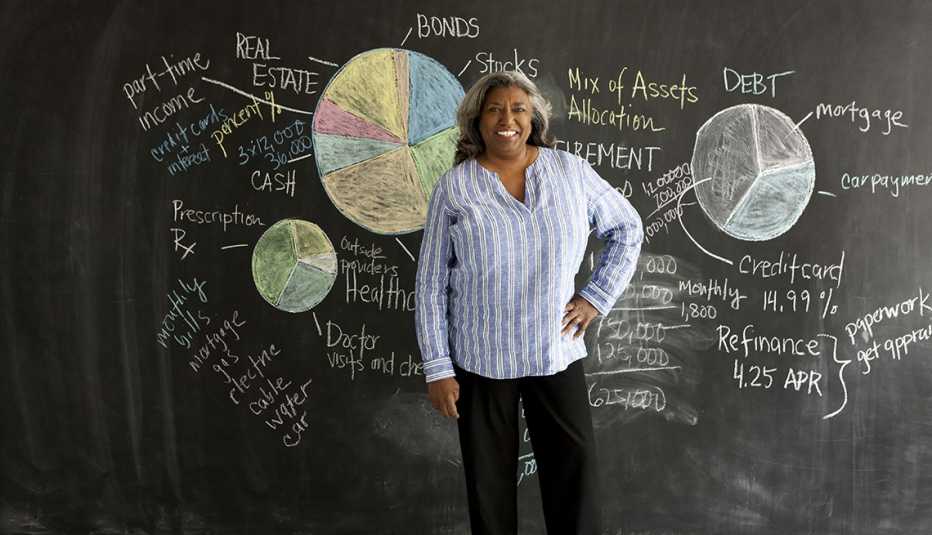AARP Hearing Center
Has the pandemic piled so much debt on you that you're wondering whether you ought to file for bankruptcy? If so, that's not surprising. In the wake of coronavirus-related business shutdowns and job losses, personal bankruptcy filings spiked this year, with nearly 80,000 Americans hoping to erase some or all of their debts.
That leap could portend an ongoing wave of filings, including among people over 65 — who, in the years leading up to the pandemic, had been the fastest-growing age group of bankruptcy filers. The combination of high medical bills, limited retirement income and the lack of guaranteed pensions makes that trend likely to continue, says Robert Lawless, a law professor at the University of Illinois. “The COVID epidemic hasn't made that any better,” he says.
But the fresh start enabled by bankruptcy is not the walk in the park some attorneys’ advertisements would have you believe. And it has implications for older Americans that may surprise you. Here is what you need to know.
Two paths to take
If a person seeks bankruptcy protection, it's generally under one of two sections, or chapters, of U.S. bankruptcy laws. Most individual filings go through Chapter 7, which wipes out debts, often at the cost of your home and your nonretirement assets. You'll typically pay between $1,000 and $2,000, including attorney's fees, to file, and can only file if your income falls below certain limits, such as the median income of a same-sized household in your state. Chapter 13 could cost three times as much, and it wipes out your remaining debts only after you've carried out a three- to five-year payment plan without any missed payments or mistakes. You'll be expected to use your income, including retirement account withdrawals, to pay off debts, but Chapter 13 will typically protect your home. To help make a decision whether to file, you can find a specialist in your own state via the National Association of Consumer Bankruptcy Attorneys and ask for a free consult.
How filing can help
It can salvage your retirement. Filing can wipe out credit card balances, medical bills and other debts, giving you more of a chance to save for retirement and more protection for what you've saved already. While pensions, 401(k)s and recent Social Security benefits are shielded from creditors even if you don't file, bankruptcy adds protection for up to $1.36 million in IRAs, which are not always off-limits to creditors in all states.




































































